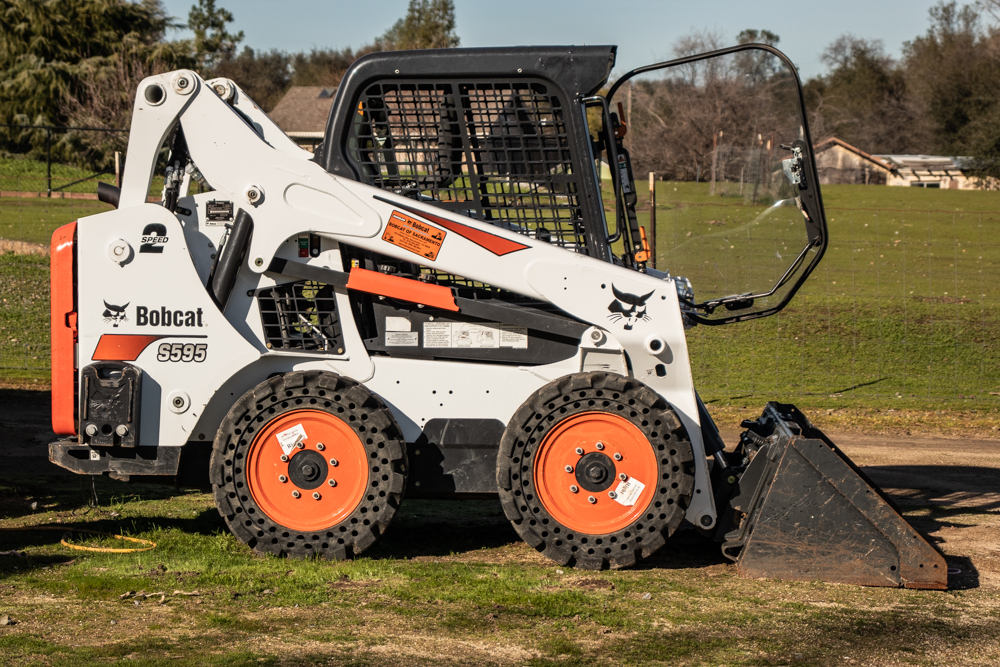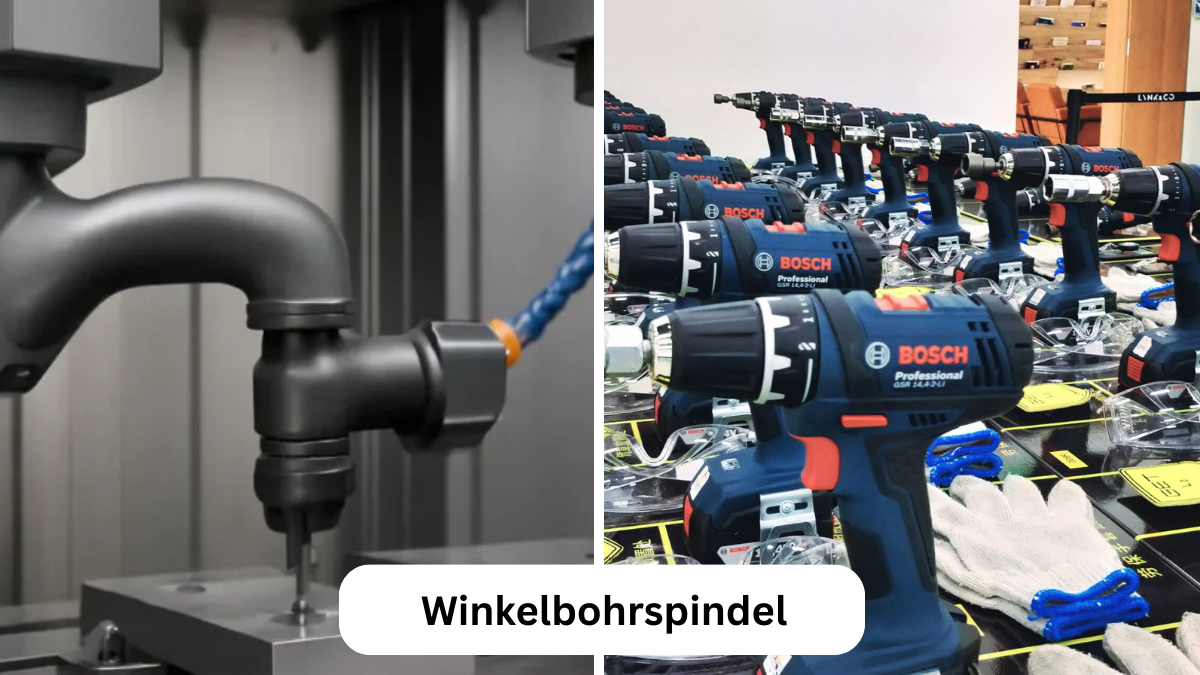Selecting the appropriate rock wheels for a skid steer is not easy. The terrain determines which configuration is best suited to handle specific challenges on the work site. The effect of terrain characteristics on selecting wheels for a skid steer can range anywhere from the urban site needing low vibration and noise to quarries needing aggressive cutting ability. Selecting rock wheels for your skid steer allows you to match the equipment to the terrain, improving both performance and extending machine life. This blog will explore the terrain considerations that professionals should know before deciding on the attachment for their skid steer.
Understanding How Terrain Bone Fide Material Properties Impact Rock Wheel Choice
The primary factor guiding your choice of rock wheels is the type and composition of the terrain. Different geological and structural compositions demand tailored solutions for achieving maximum productivity and durability.
Hard Rock and Reinforced Concrete Demand High Power and Durability
If the terrain consists of solid granite, basalt, or reinforced concrete with rebar, the rock wheel will have to utilize a heavy-duty cutter drum in combination with a high-power, high-torque hydraulic motor to manage the structure. In some extreme cases where the goal is full rock fragmentation rather than controlled cutting, a rock crusher for skid steer may serve as a complementary solution to break down dense material before milling with rock wheels.
Soft Rock and Looser Soils Require Flexible & Precise Cutting
When operating in compact soils, such as limestone, shale, or decomposed granite, a less aggressive wheel cutting tool with hydraulic flow rates of 50-70 GPM is generally appropriate. Wheels such as these possess the capability to cut finer with narrow drums, adjustable cutting depths, and pick geometry, which generally allow for finer cutting. This enables you to shape trenches or profiles or accomplish selective removal without damaging the surrounding material.
Mixed Terrain and Urban Construction Introduce Variable Challenges
Mixed environments often require versatile attachments — switching between a rock crusher for skid steer for debris reduction and rock wheels for precision profiling offers balanced productivity. However, you can also use versatile rock wheels with adaptable picks and interchangeable teeth to maximize effectiveness and handling of the diverse materials.
Underwater and Wet Conditions Need Sealed, Corrosion-Resistant Equipment
Sites that involve underwater cutting, dam repairs, or excavating river beds define 100% watertight rock wheels with sealed hydraulic motors and corrosion-resistant material. With features such as sealed bearings and cooling systems that can be adapted, rock wheels are designed for continuous operation underwater with minimal maintenance.
Material Hardness: From Soft Soils to Hard Rocks
Material hardness will affect the specification of the wheel components, and the implications of working within abrasive forces for long periods of time.
- Working with Softer, Non-Abrasive Materials: Jobs with loose soil or unreinforced concrete typically are best suited for lightweight drums that are designed with carbide tips for softer, repetitive cuts at small diameters. A majority of these jobs will require a flow less than 60 GPM, which aids in better fuel usage and extends material life.
- Moderate Hardness for Quarried Rock: In traditional quarried rock that includes limestone, sandstone, and similar applications, rock wheels with reinforced drums and a pick design that combines strength and maneuverability are preferred. Each rock wheel should be able to perform at approximately 70 to 80 GPM hydraulic flow, have a heavy-duty gearbox, and wear-resistant picks.
- Hard, Abrasive Surfaces: In applications with basalt and granite, and heavily reinforced concrete, high HP systems (over 90 HP) are required along with abrasion-resistant cutter drums, carbide tips, and high-strength bearings. Systems that are built for these types of wheels may include optional cooling systems. High-flow hydraulic systems that can endure cuts at aggressive intervals are included.
Environmental Conditions and Their Effect on Rock Wheel Choice
Environmental factors are also important when selecting a rock wheel, as different job sites have different soil compositions, moisture, and temperatures.
- For jobs in urban areas or those that are sensitive to noise, the low vibration models with damping systems will help comply with noise reporting and provide safety to the operator.
- Additionally, the components need to be sealed and corrosion-resistant in wet conditions. Coated drums can prevent rusting, and dust control sprays can prevent rusting or debris buildup or decay overall, if required.
- For confined or narrow areas, such as trenches or tunnels, compact rock wheels with driveline torque suit precise cutting without impact to adjacent structures.
Conclusion
The type of surface material is very important in choosing the appropriate rock wheels. Knowing the hardness of the material, the conditions of the environment, and the scale of the project will factor directly into equipment productivity and the safety of the operator while on site.
Whether your job requires detailed cutting with rock wheels or material fragmentation with a rock crusher for skid steer, Rockzone Americas offers solutions for your terrain—specifically engineered for precision and power. Their expertise, cutting-edge design, and durability make them the right partner for you.
Partner with Rockzone Americas for rock wheels tailored to your terrain needs—delivering precision, power, and reliability.




